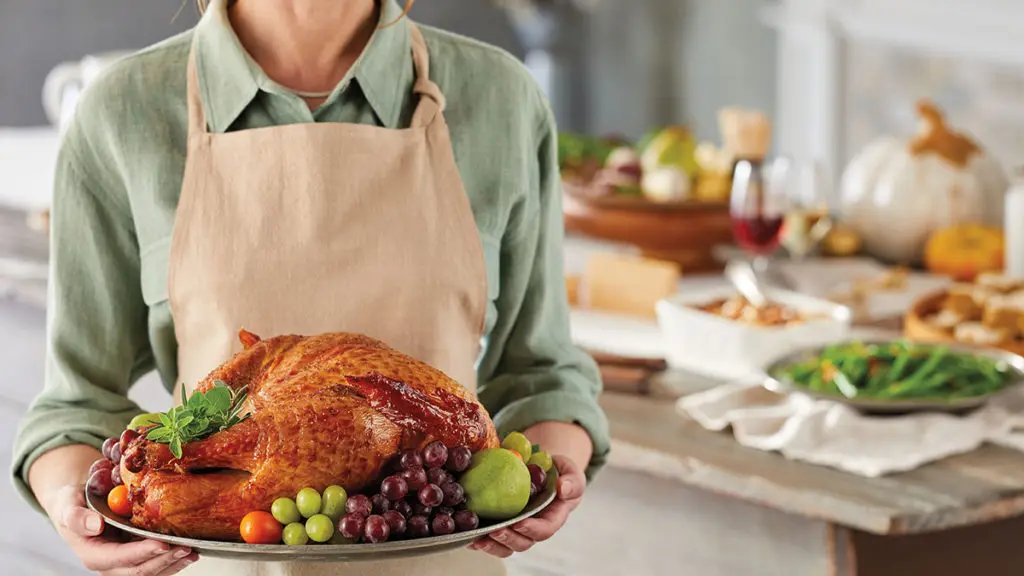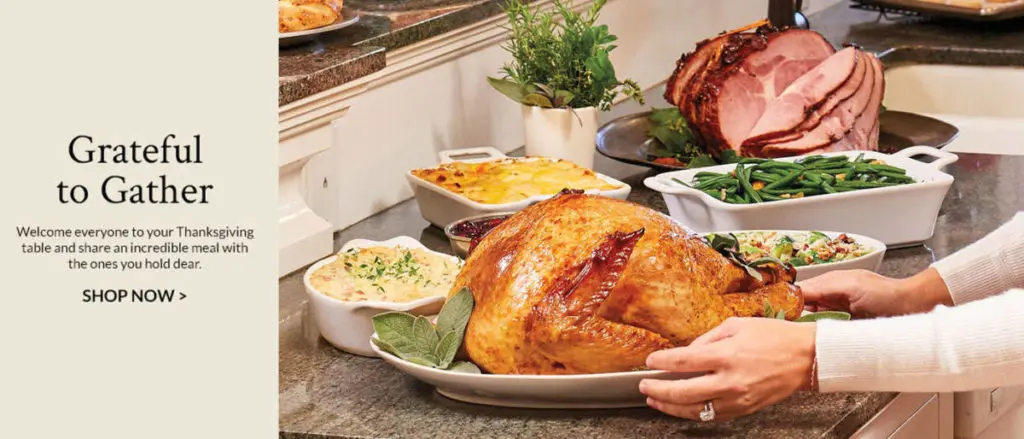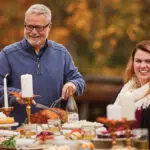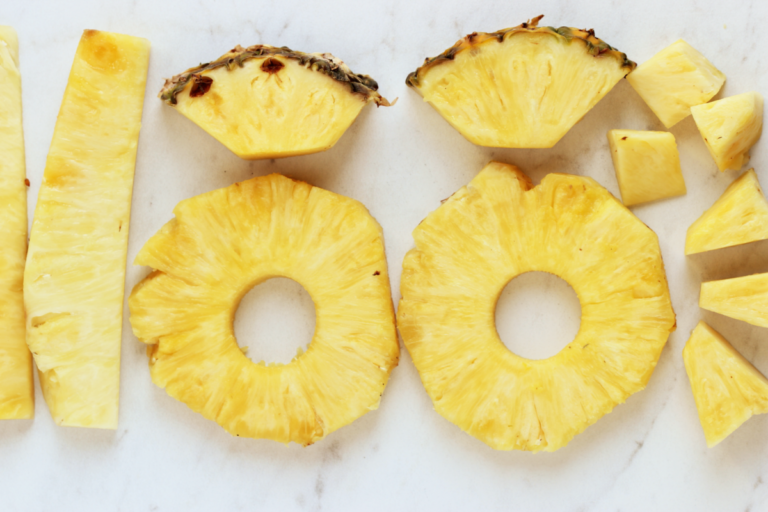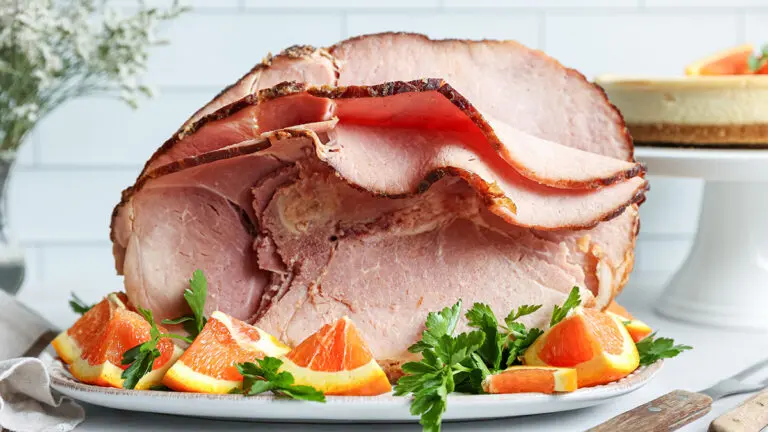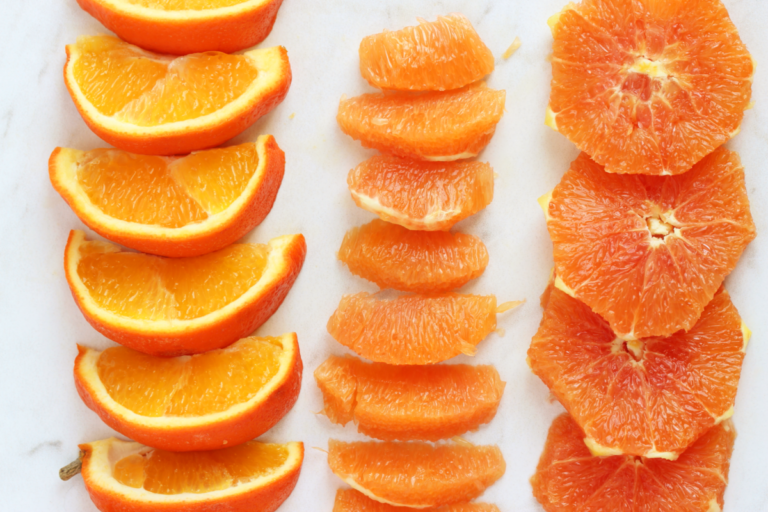Serving a turkey at the Thanksgiving table means you’re doing something more than simply feeding family and friends or honoring an American tradition. The bird is a centerpiece in and of itself, and as this beloved holiday evolves, everything from where you buy the turkey to building a meal around it to what to do with the leftovers has taken on increased significance and meaning.
In other words, it’s important to source, cook, and use the turkey right. That’s why we checked in with Heidi Orrock of Diestel Family Ranch for step-by-step advice on how to carve the turkey and do a whole lot more. Whole Diestel Family Ranch turkeys are available from Harry & David, either smoked or oven roasted and ready to heat. The featured birds are raised on vegetarian feed with no antibiotics or preservatives, so you can feel good having Thanksgiving dinner delivered and putting this turkey on your table.
To find the right-sized turkey, Orrock says to plan on roughly 1.5 pounds per person — especially if you want leftovers. So, if you’re cooking dinner for eight, buy a 12-pound turkey.
A brief history of eating turkey at Thanksgiving
There are dozens of interpretations of how Americans came to celebrate Thanksgiving. According to the National Archives, President George Washington issued a public decree for a “day of public thanks-giving” in 1789. In 1863, during the Civil War, President Abraham Lincoln declared the last Thursday in November to be “a day of Thanksgiving.” The official holiday was established as the fourth Thursday of November in 1941. The language there was intentional: The last Thursday in November would have fallen on the 30th, and President Franklin D. Roosevelt wanted to avoid a short holiday season during a period of economic recovery.
Because turkeys were plentiful in the Northeast in the late 18th and 19th centuries, it is believed that Americans celebrated these early versions of Thanksgiving with roasted turkey because the birds were big enough to feed a large group of people.
The tradition also traces back to pilgrims’ harvest celebrations, which were meant to give thanks for the bounty. Accounts differ about whether turkeys were part of the festivities, but “wild fowl” — along with venison — are mentioned (pumpkin pie, sadly, was not), leading to the belief that turkey was served as far back as the 1600s.
Step-by-step guide to carving a turkey
Orrock should know how to carve a turkey: Her family has raised turkeys commercially in the Sierra Nevada foothills of California for four generations. Follow along with our illustrated guide and impress your family and friends with your turkey-carving prowess.
A couple of quick tips before carving: Rest the cooked turkey for up to an hour before starting to make sure the juices are sealed in, and carve the turkey in the kitchen rather than at the table.
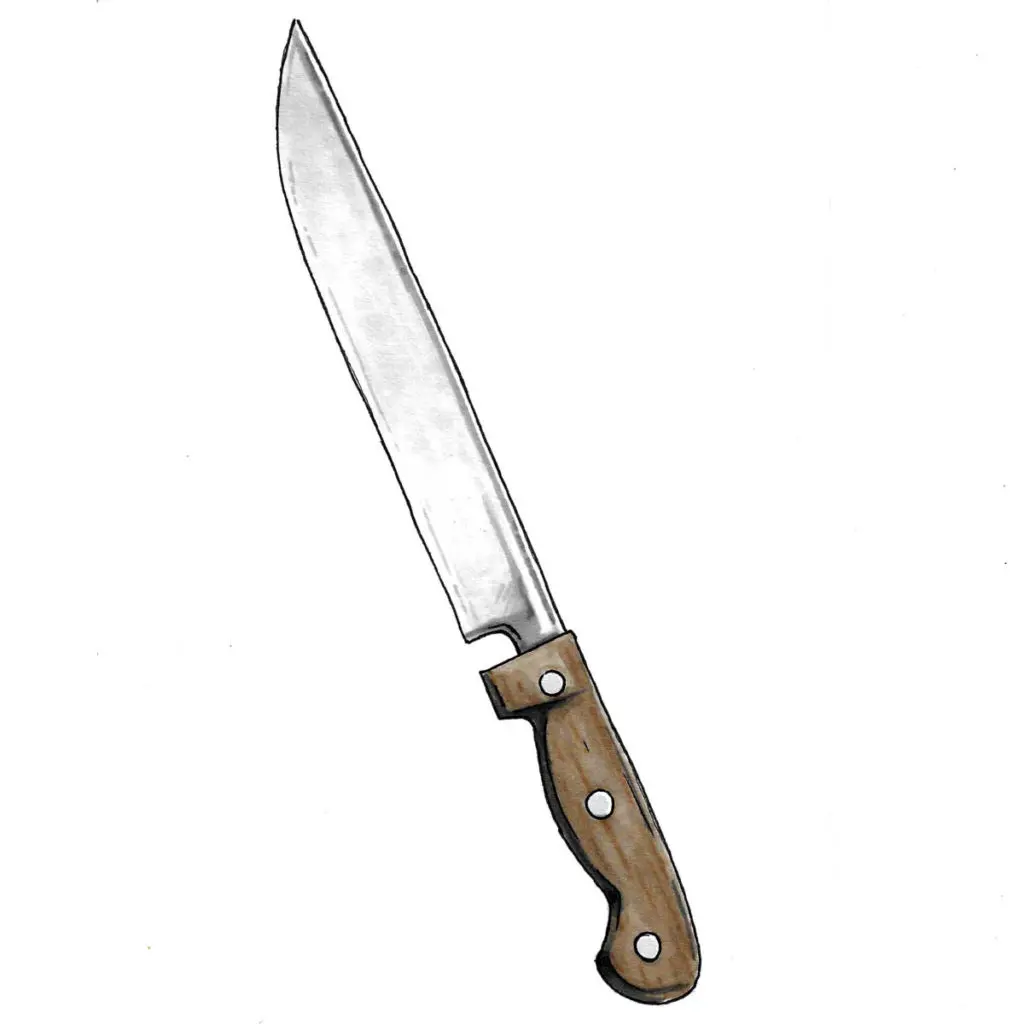
Step 1: Choose a sharp knife
Make sure you have a really sharp knife. “If you don’t have a sharp knife, the equipment with which you’re going to carve the bird can be a bit of a struggle,” Orrock advises. A long, thin carving knife works best. Use a sharpener or, as Orrock suggests, visit a local butcher to get your knife sharpened. Should you choose a knife or an electric carver? A sharp, solid knife is best, Orrock says, as the serrated edge of an electric knife can “rough up” the meat and skin.
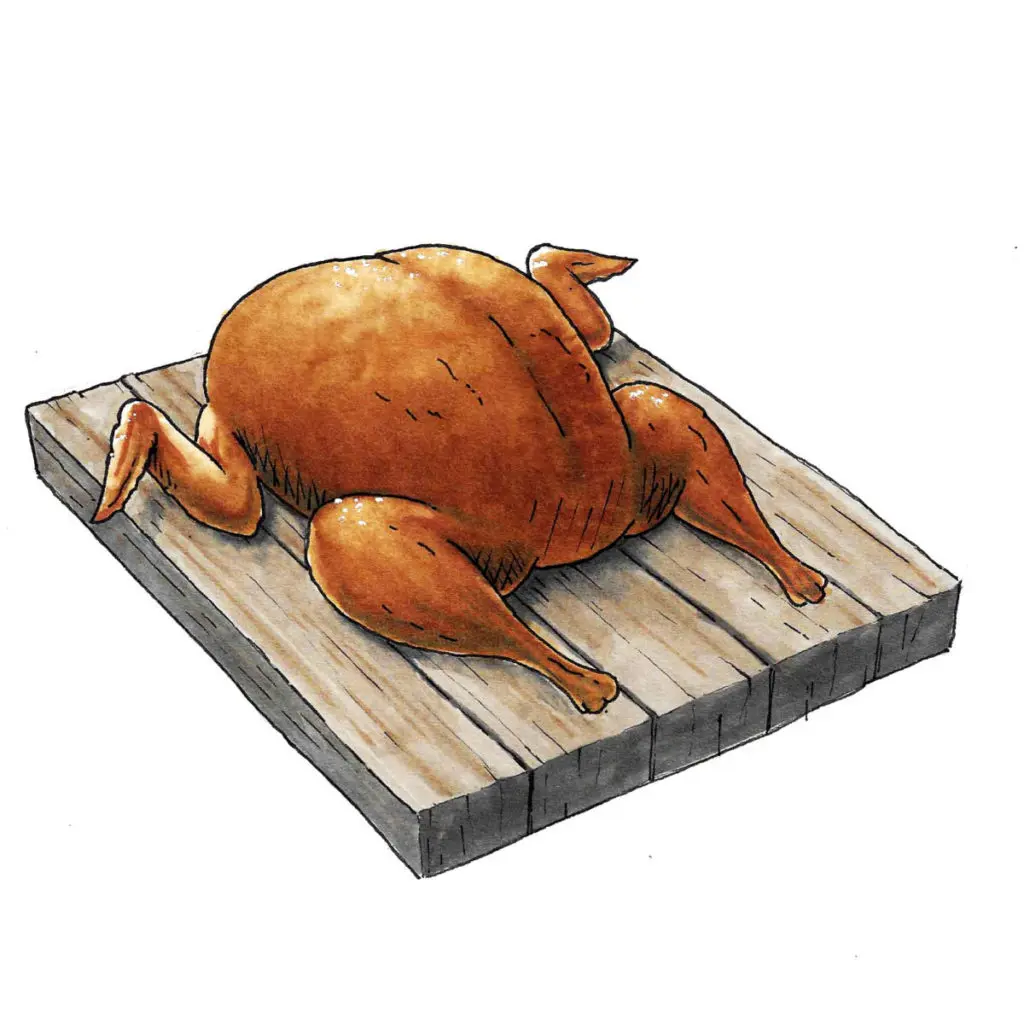
Step 2: Position the leg and thigh for carving
Untie the truss if the bird is tied. Pull the leg and thighs down onto your cutting board, maneuvering the parts away from the breast. “That’s going to happen very naturally,” Orrock says. “Because, as the turkey is roasted, the legs and thighs fall away from the breast meat.”
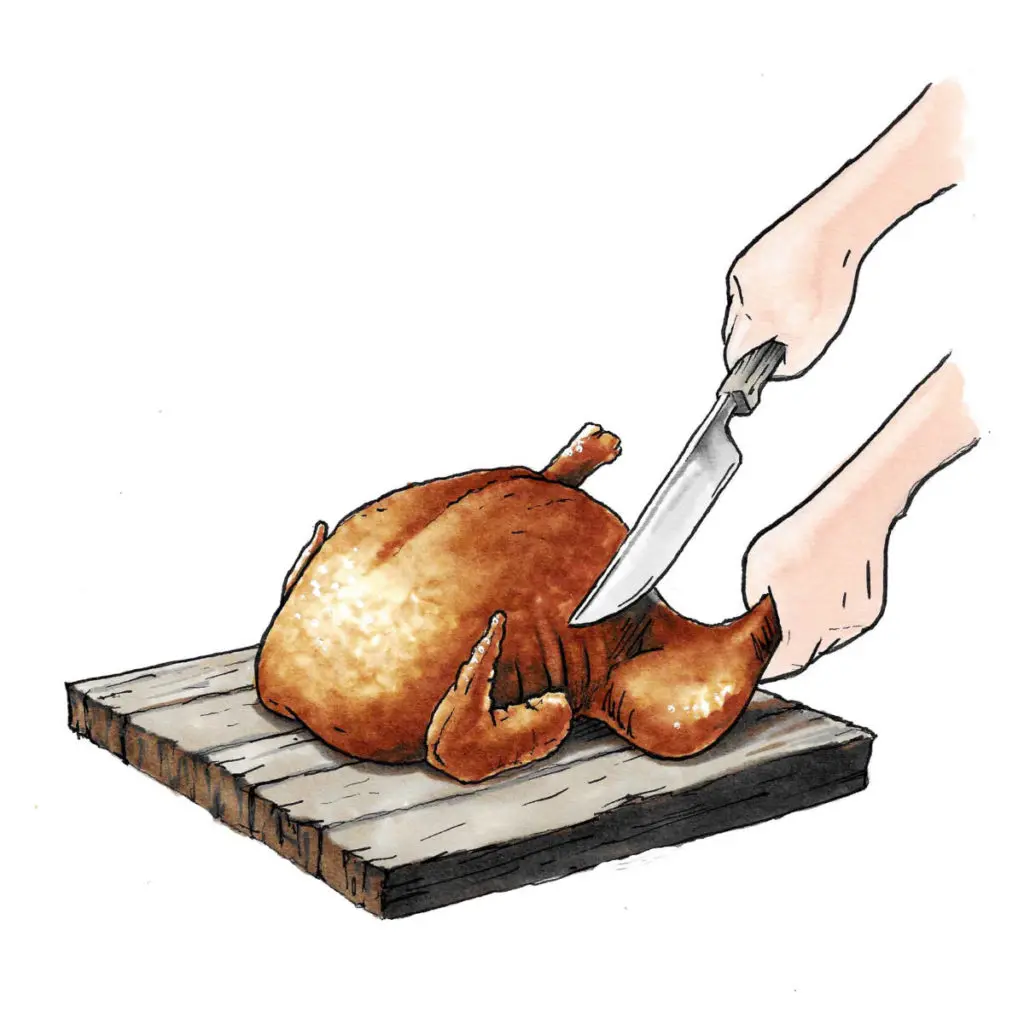
Step 3: Remove the legs and thighs
Gently make an incision on the surface near the legs and pull the legs and thighs away with your hands, using your knife for leverage as needed. Slice the turkey near the ball socket joint — near where the tail meets the thigh — and the “whole piece will just pop off the bird,” she says.
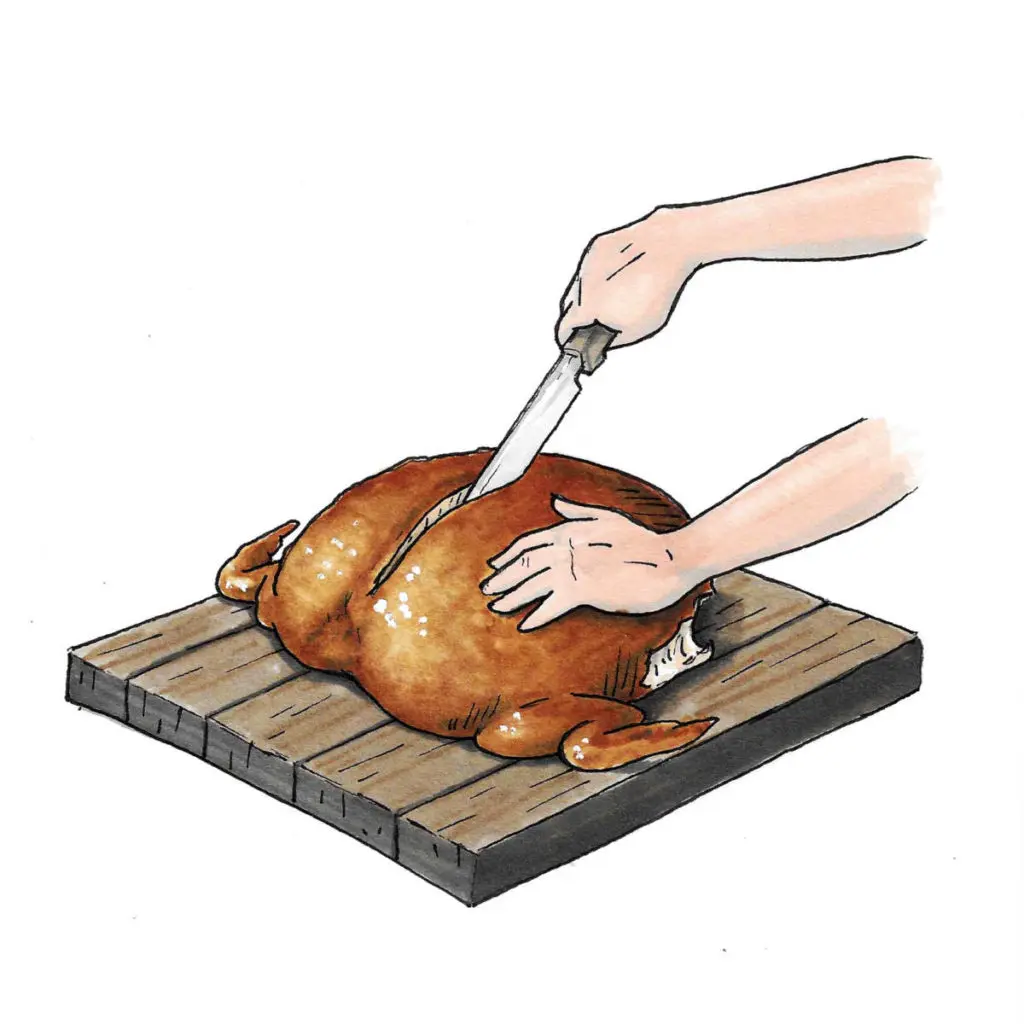
Step 4: Remove the breast meat
Cut along one side of the keel bone (the cartilage that runs in the middle of the breast), making a confident, sweeping motion down and around the wishbone. Then, push down on the knife while pulling the meat off and removing the entire breast lobe. Hold onto the wing and find the line to carve along. Remove the other side of the breast as well.
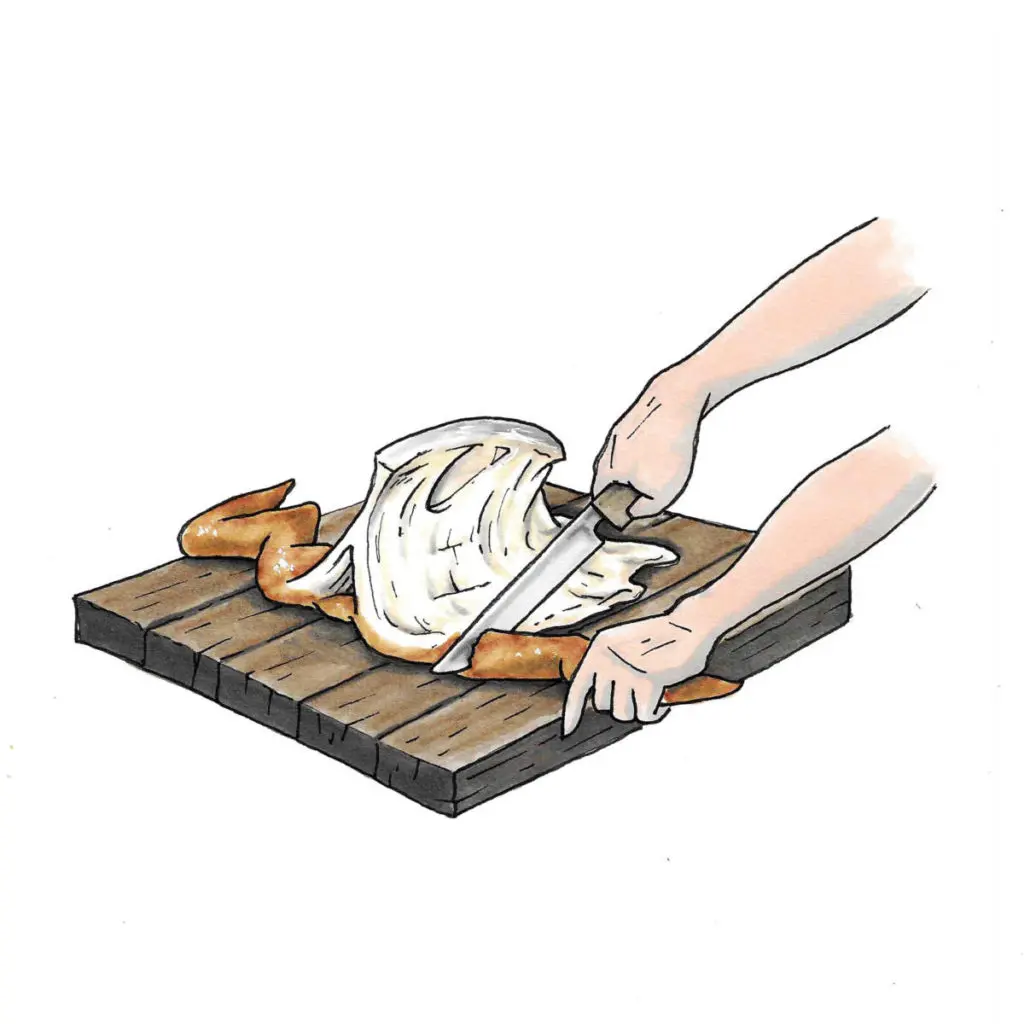
Step 5: Remove the wings and drumsticks
Use your knife to break the skin and release the tension around the wing. Pull the meat away and cut through the joint, removing the wings with your hands. Pull the wings apart and separate them with a knife. As with the wing, pull the legs apart and use the knife to separate the skin until you get to the joint, and then rip the legs to keep them intact.
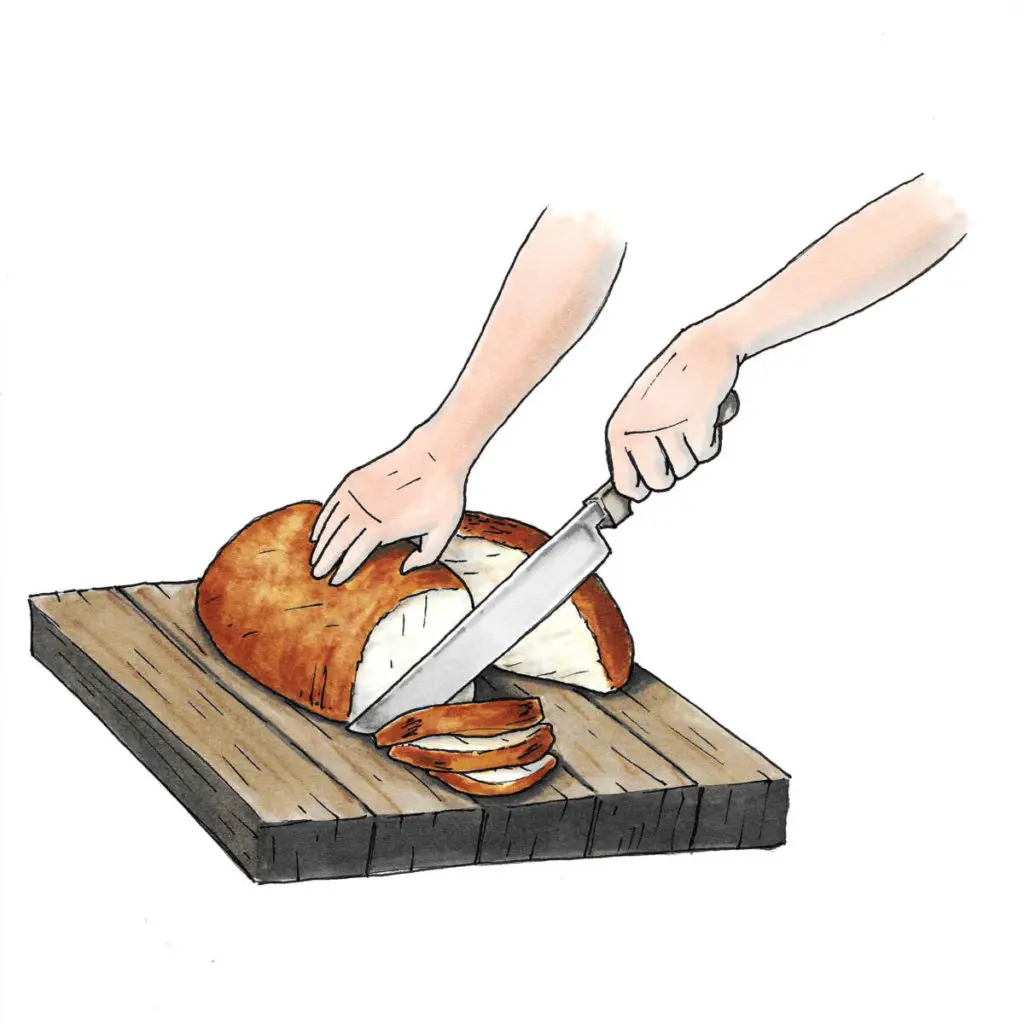
Step 6: Slice the breast and thigh meat
Slice the white meat or breast, locating the grain of the meat and cutting against it into pieces fit for serving. Cut the thigh or dark meat in the same way. Aim for slices about an inch thick.
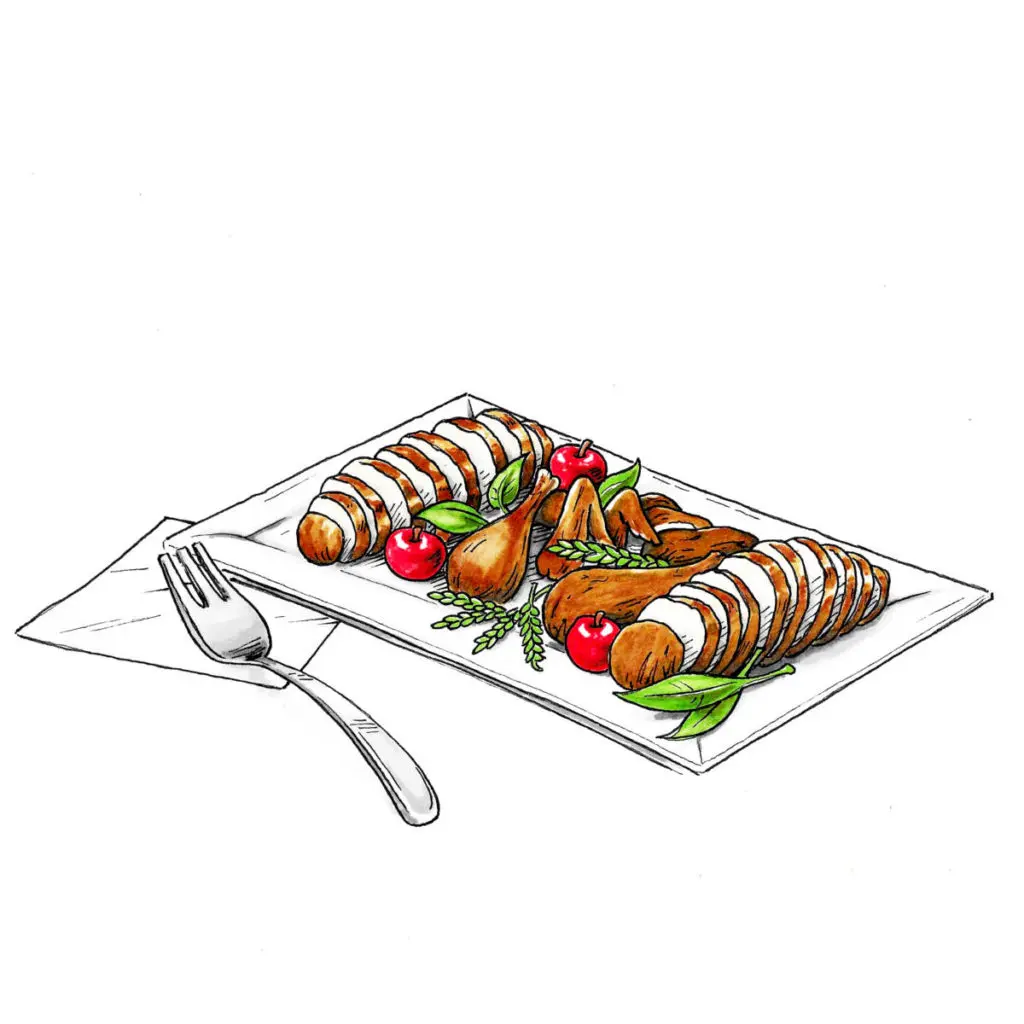
Step 7: Organize the parts on a serving tray
To achieve maximum Thanksgiving presentation goals, assemble the legs, wings, and sliced breast and thigh meat on a platter and bring it to the table for serving.
Leftovers and more!
One of the best tricks to utilizing the whole turkey is to keep a stock pot nearby as you carve and toss in bones, the tips of the wings, and random scraps of meat to make turkey stock for soups. Besides the turkey bones and such, you’ll just need to add chopped celery and carrots, and water, and simmer until the broth is the right consistency.
Of course, should you have any leftover turkey from the main meal, the meat can be used in all sorts of recipes. The breast, as well as sides like cranberry sauce and stuffing, can make awesome turkey sandwiches. Dark meat from the thighs is rich and flavorful, a perfect protein for zesty turkey enchiladas. Even the leftover vegetables can be transformed, as in these leftover recipes.
“If you don’t have a sharp knife, the equipment with which you’re going to carve the bird can be a bit of a struggle”
Heidi Orrock, fourth generation family farmer, Diestel Family Ranch
Using up all the parts of the turkey helps eliminate the sort of food waste typically associated with such gatherings, and will make you feel good about your Thanksgiving celebration for days or even weeks to come.
P.S. About that wishbone…
Don’t forget to put the wishbone to use. The furcula is a bone in chickens and turkeys between the neck and the breast, with a slight elasticity thought to be instrumental in allowing the birds’ wings to flap.
The tradition of drying out the furcula in chickens dates back to pre-Roman times. According to Modern Farmer, Etruscans introduced the idea of breaking the wishbone to make predictions, which the Romans and, eventually, the British picked up.
The wishbone-breaking tradition came to North America with the pilgrims, who used the furcula of the plentiful turkeys. This paved the way for another Thanksgiving tradition: a tug of war with the wishbone wherein the winner, who is left with the larger piece of the bone, will have good luck.

